Today’s #kanji is #忙, which is made of its semantic element of #りっしんべん (representing “mind”) and phonetic element of 亡.…
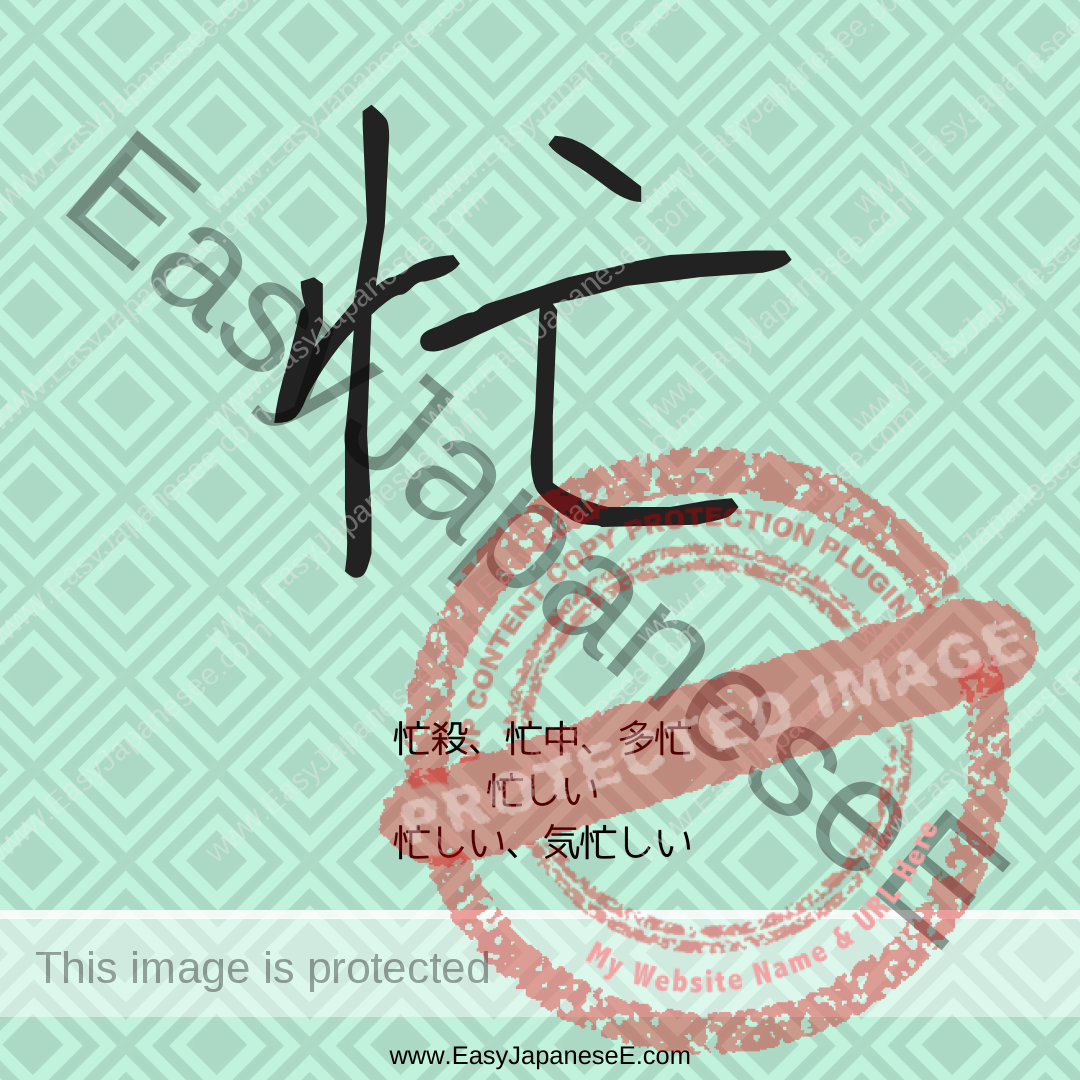

Today’s #kanji is #忙, which is made of its semantic element of #りっしんべん (representing “mind”) and phonetic element of 亡.…
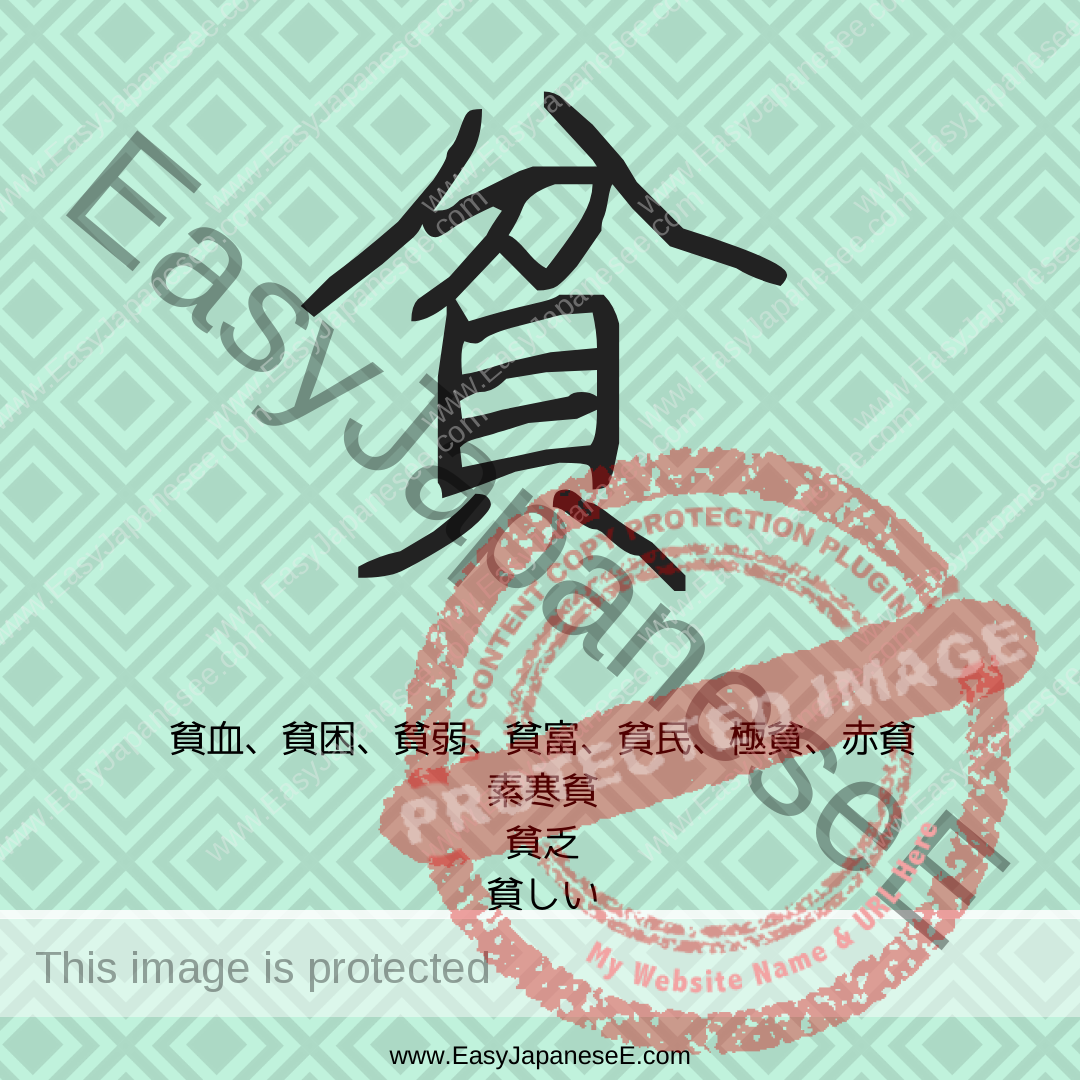
Today’s #kanji is #貧, which is made of its semantic element of 貝 (representing money, wealth) and phonetic element of…
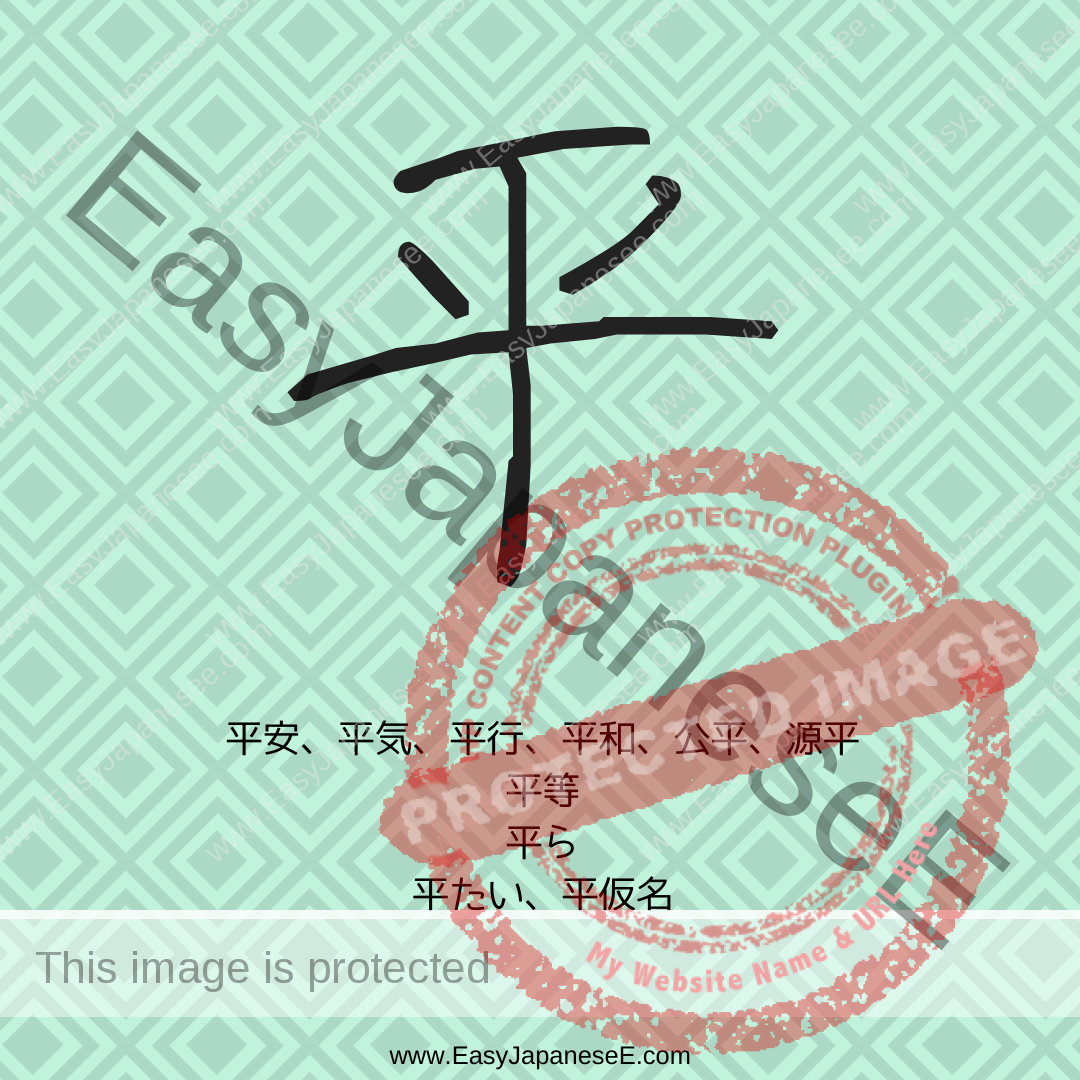
Today’s #kanji is #平. Some say 平 is a compound ideograph made of 于 and 八. Others say it is…
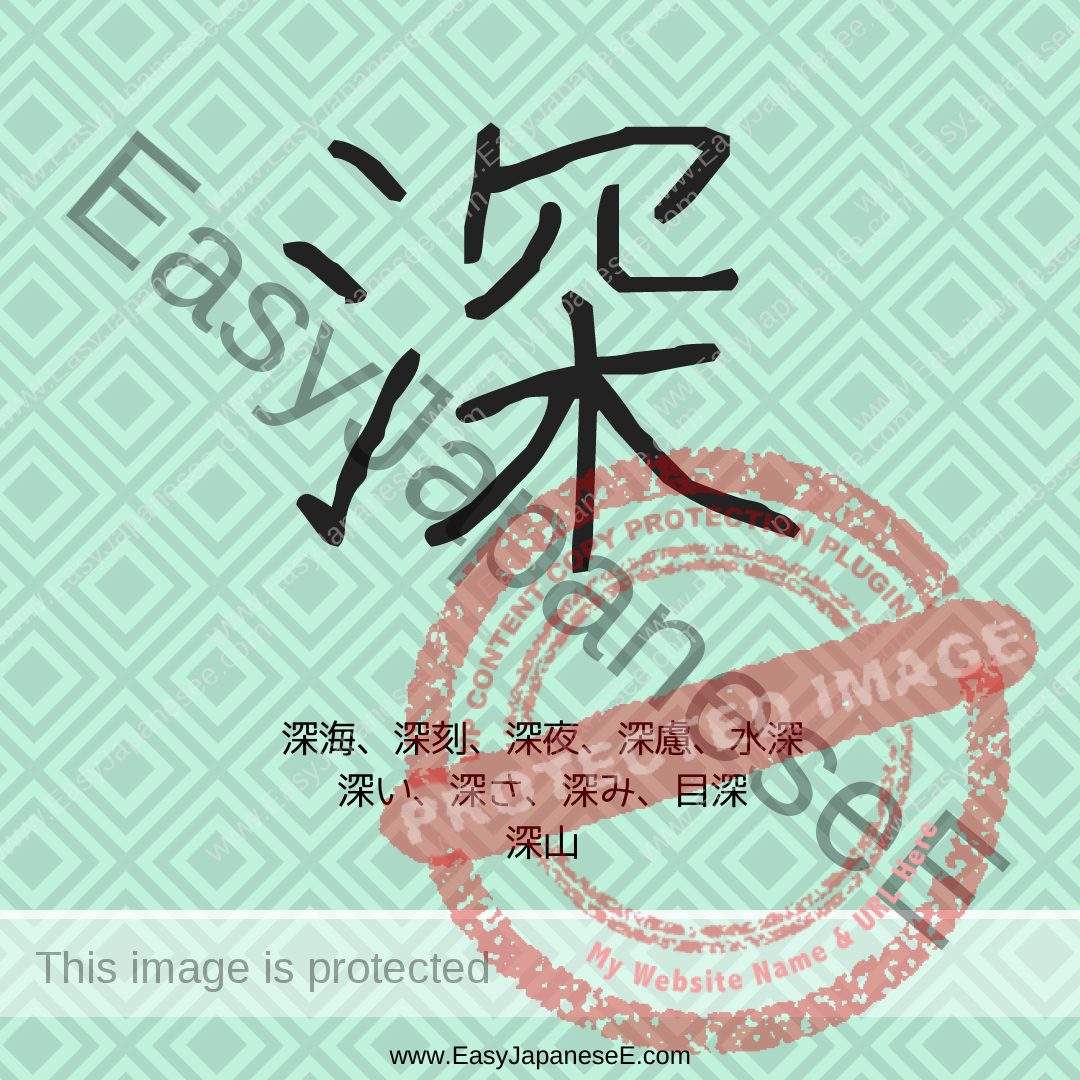
Today’s #kanji is #深, which is a variant of 㴱. 㴱 is made of its semantic element of #さんずいへん and…
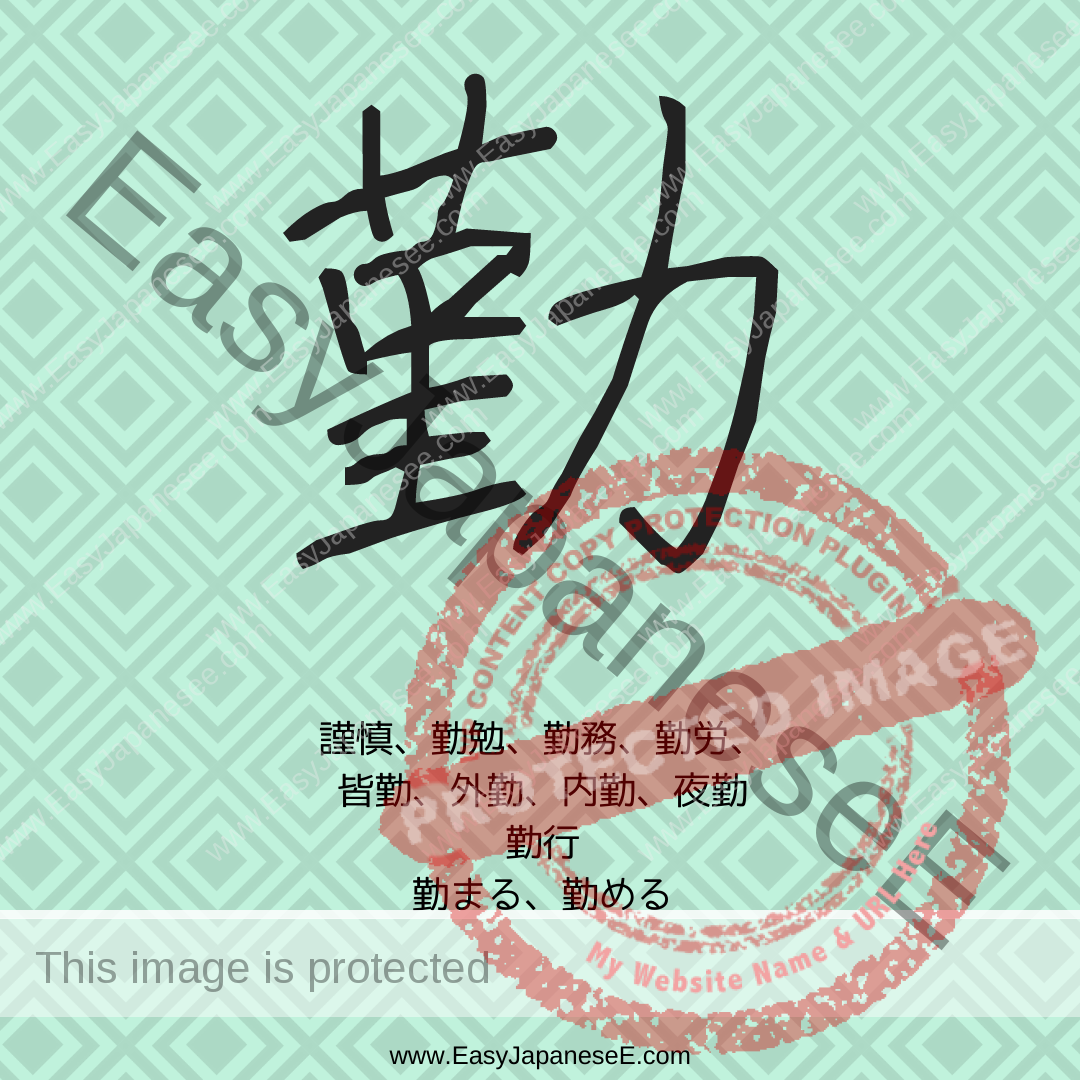
Today’s #kanji is #勤. It is a simplified version of 勤. 勤 is made of its semantic element of #ちから(力)…
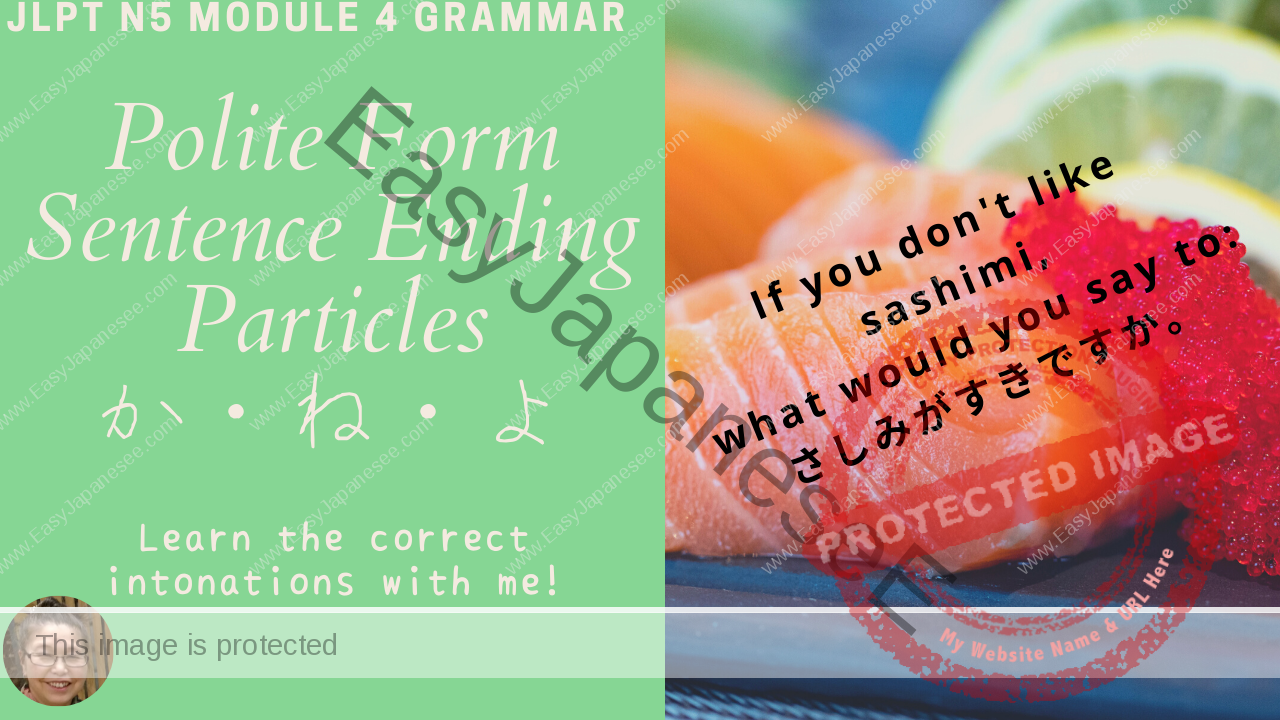
Changing a statement into a question in Japanese is easy because only thing you have to do is adding か…
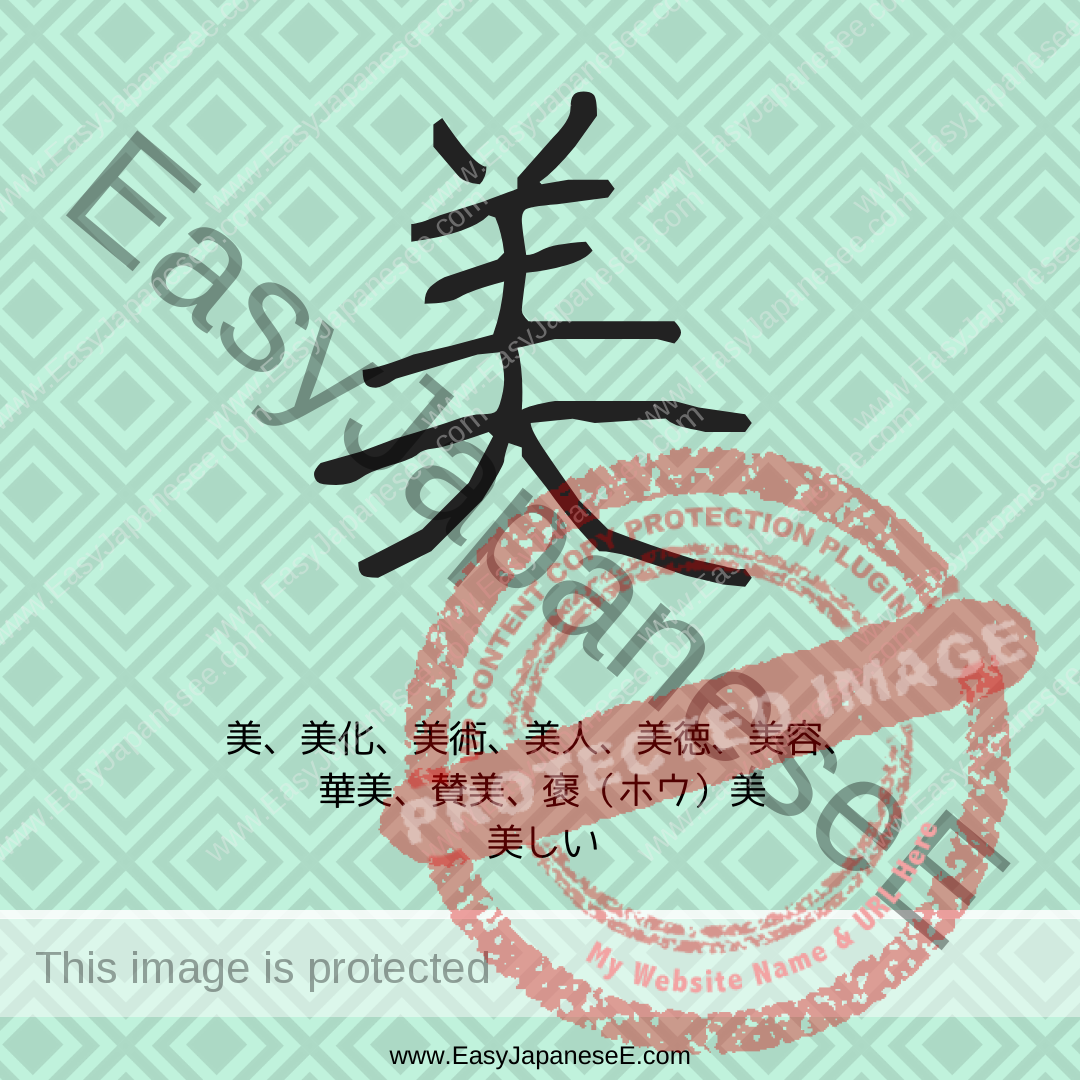
Today’s #kanji is #美, which is listed under #ひつじ(羊). It is apparently a compound ideograph and its original meaning was…
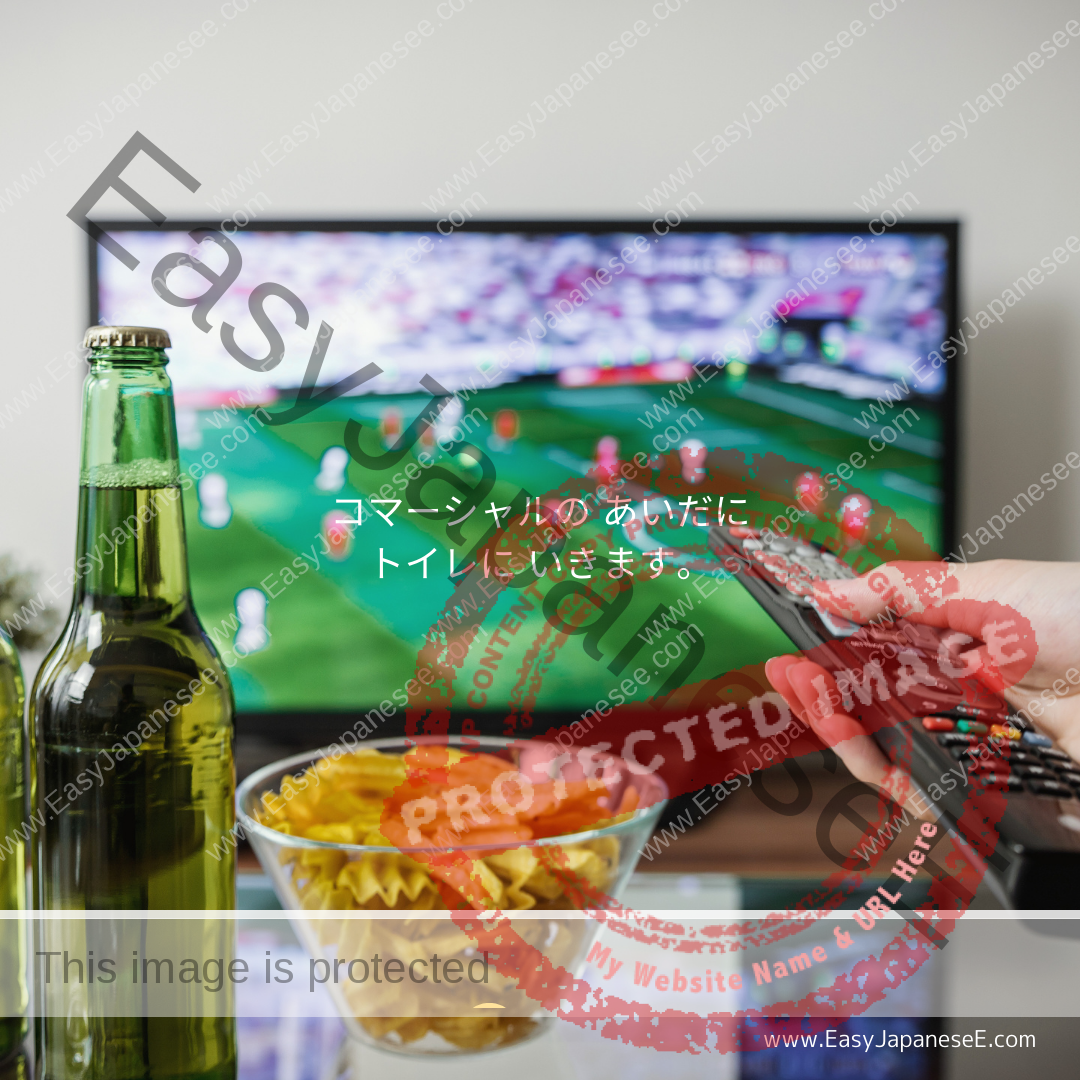
I haven’t written about Katakana words for a while but what our prime minister, Mr Suga, said the other day…
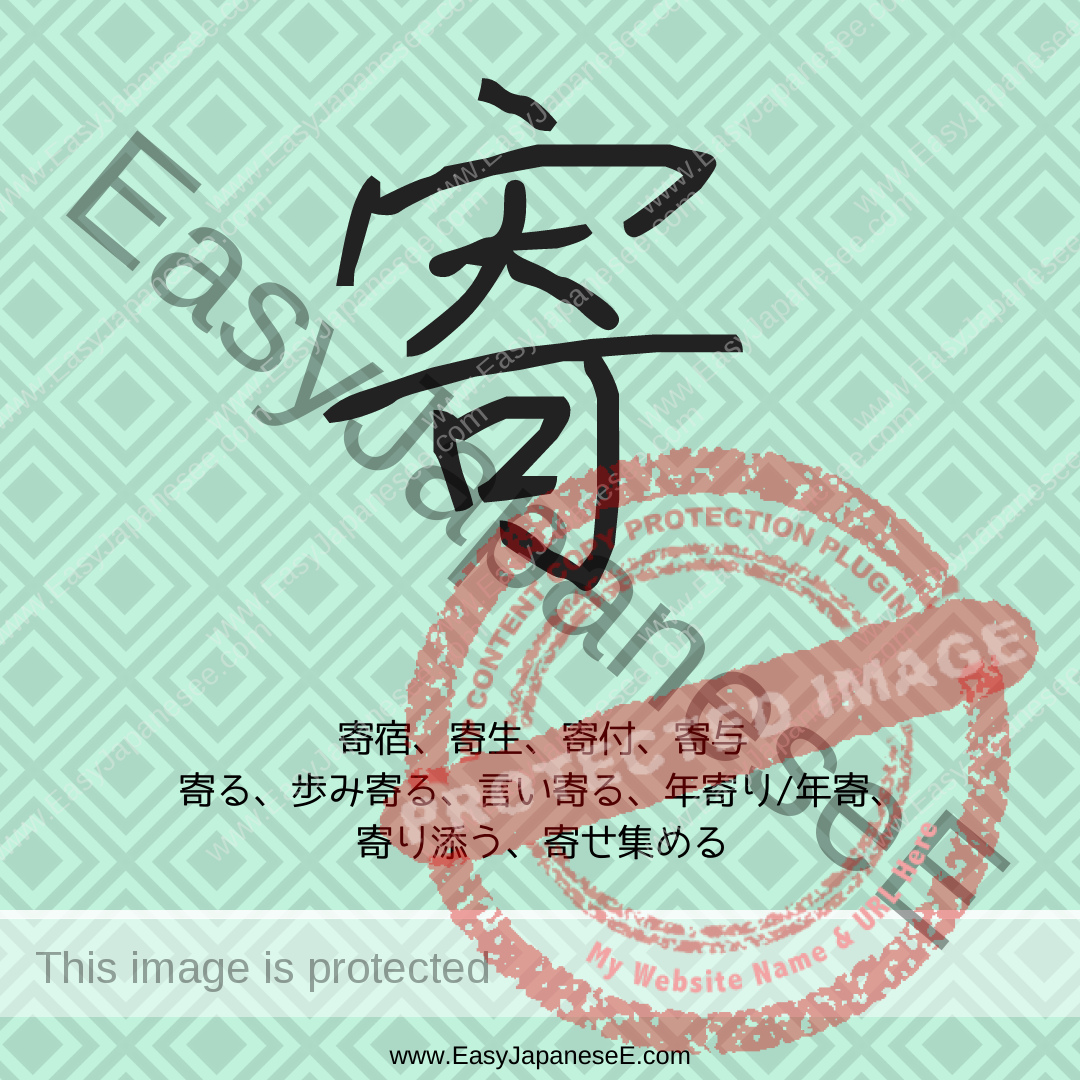
Today’s #kanji is #寄, which is made of its semantic element of #うかんむり(宀)and phonetic element of 奇. 奇 apparently has…
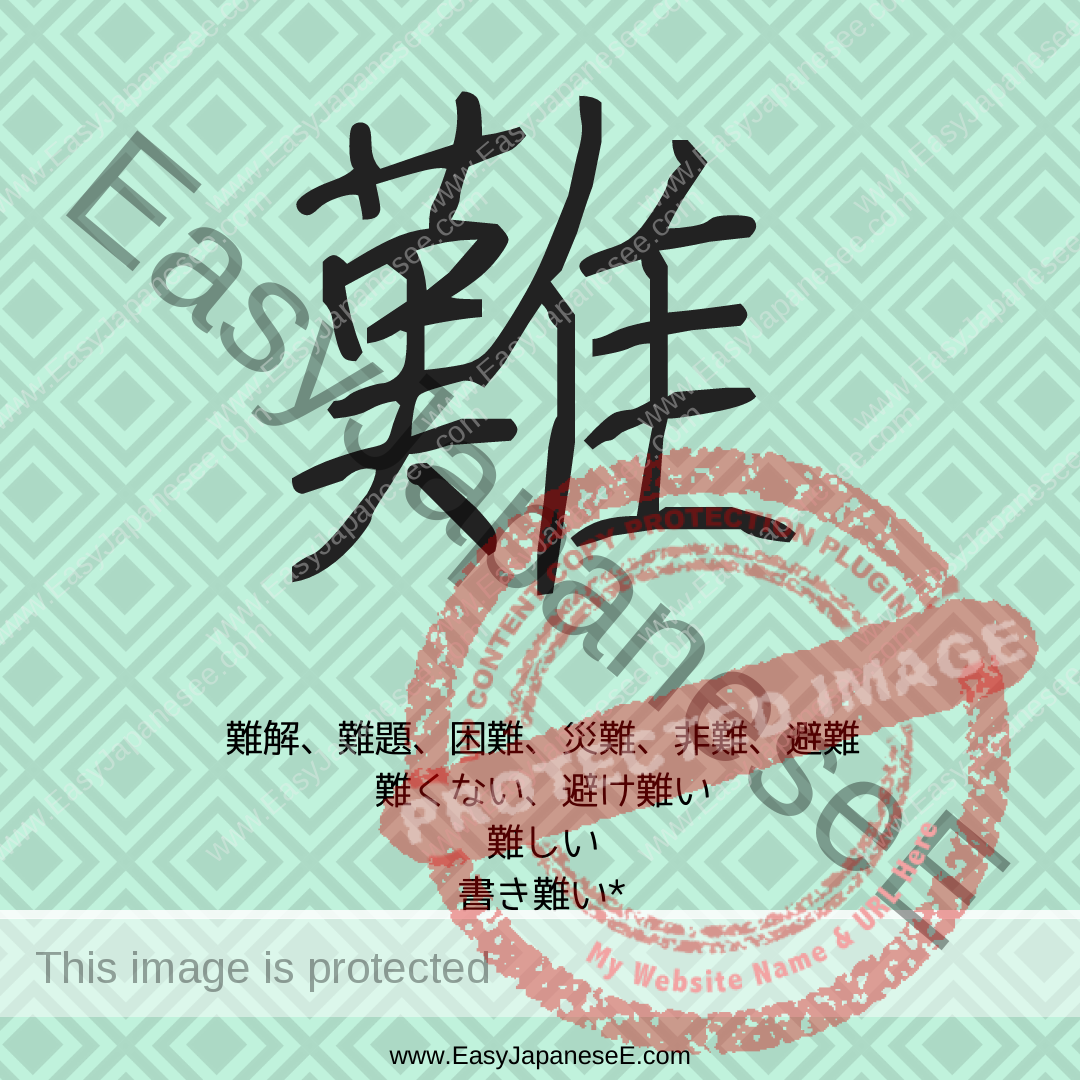
Today’s #kanji is #難, which is listed under its semantic element of #ふるとり(隹). The other side is the phonetic element…
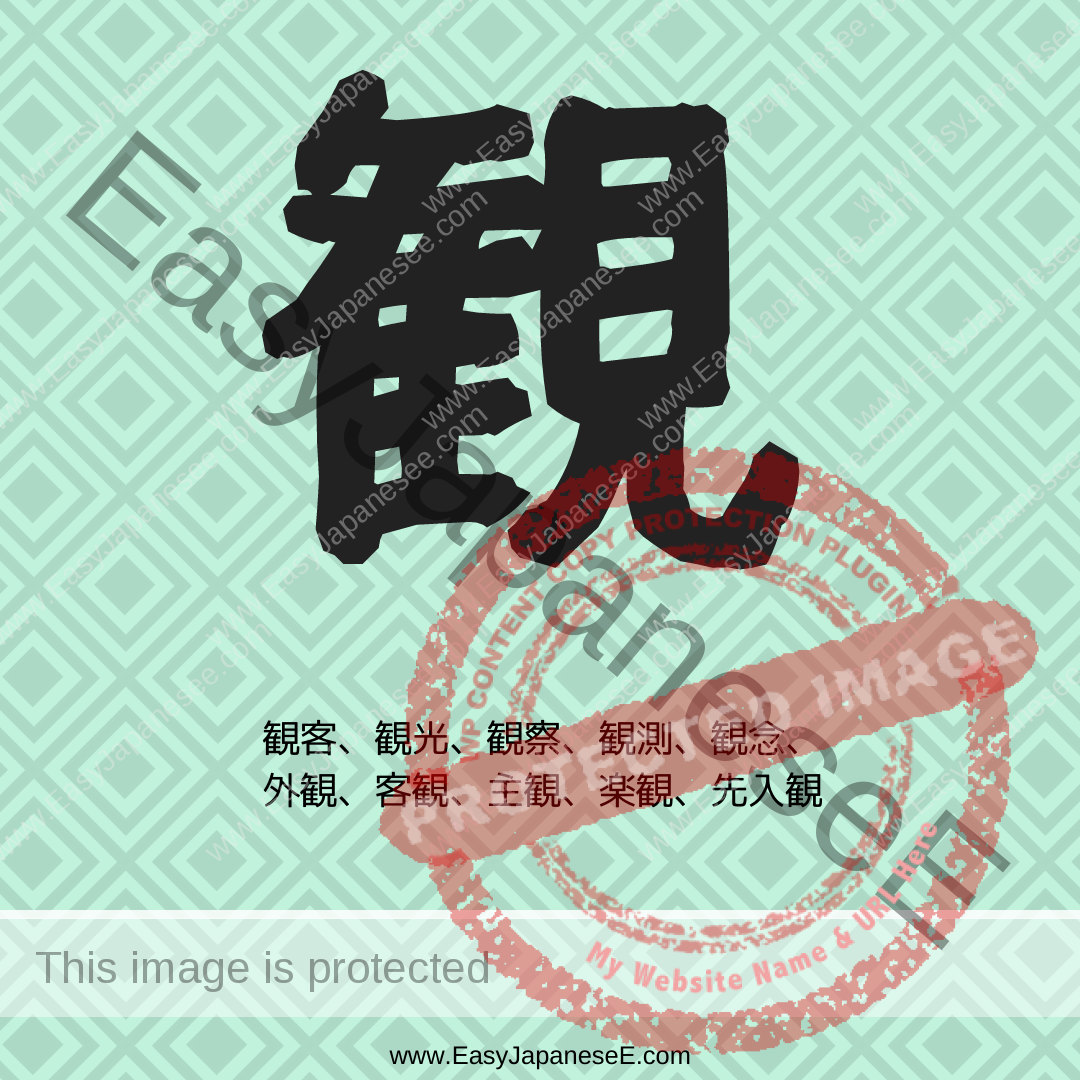
Today’s #kanji is #観, which is a modern version of 觀. It is made of its semantic element of 見…

You learned about ~ます、ました、ません、ませんでした endings. If you add か after those endings, the sentence becomes a question. So あさごはんasagohanをwo たべますtabemasuかka means…

You learned a number of verbs in this module. Have you noticed that all these verbs ended in ~ます? The…
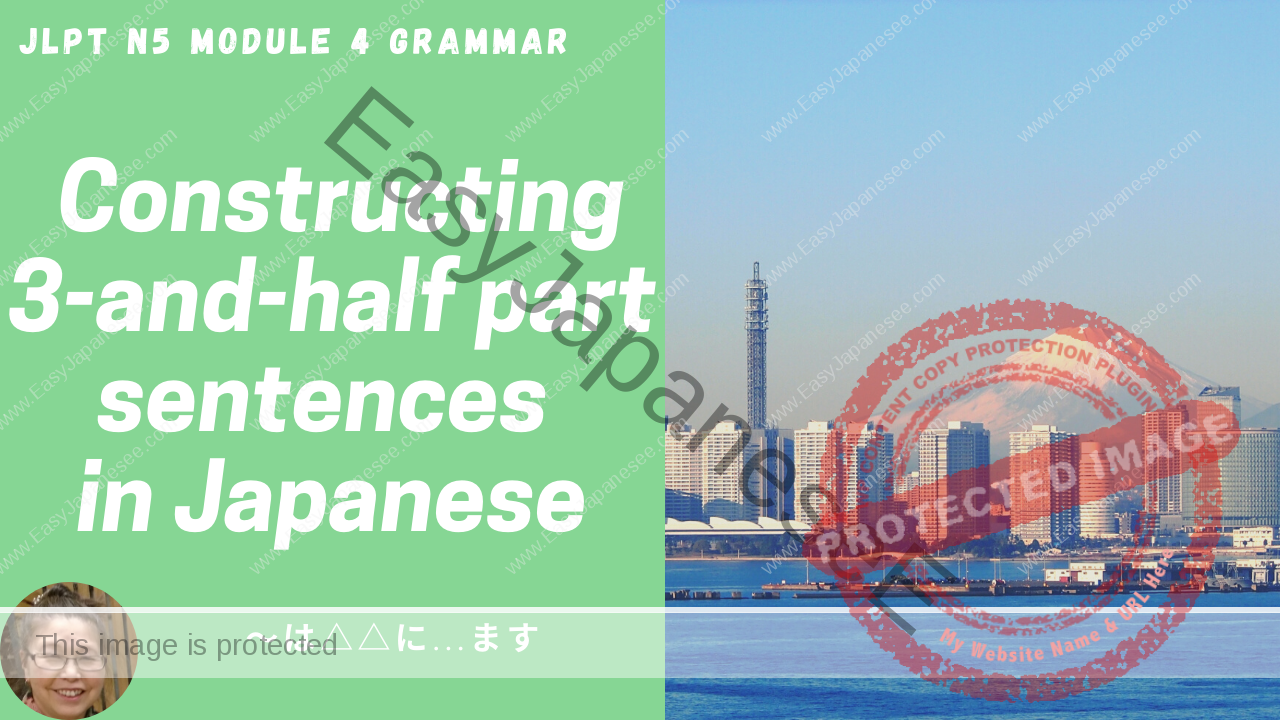
This posts explains how to use coming and going verbs like いきます and きます, etc. It takes に instead of を in front of them.

This page has a list of many adjectives that can be used to describe people as well as words to refer to your own family members.
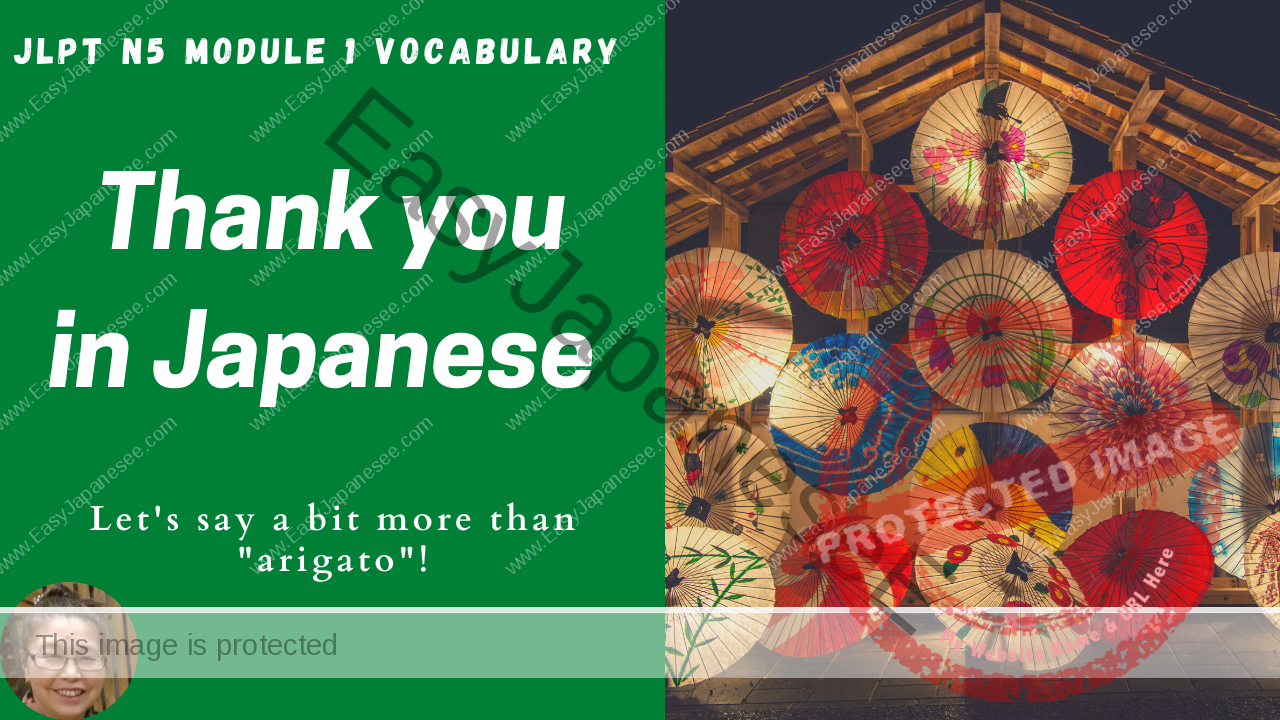
This post explains various ways of saying “thank you! in Japanese. If you can say “thank you” in the local language, you will get by very well in Japan.
The English word Hello is very convenient because you can use it at any time of the day but unfortunately…
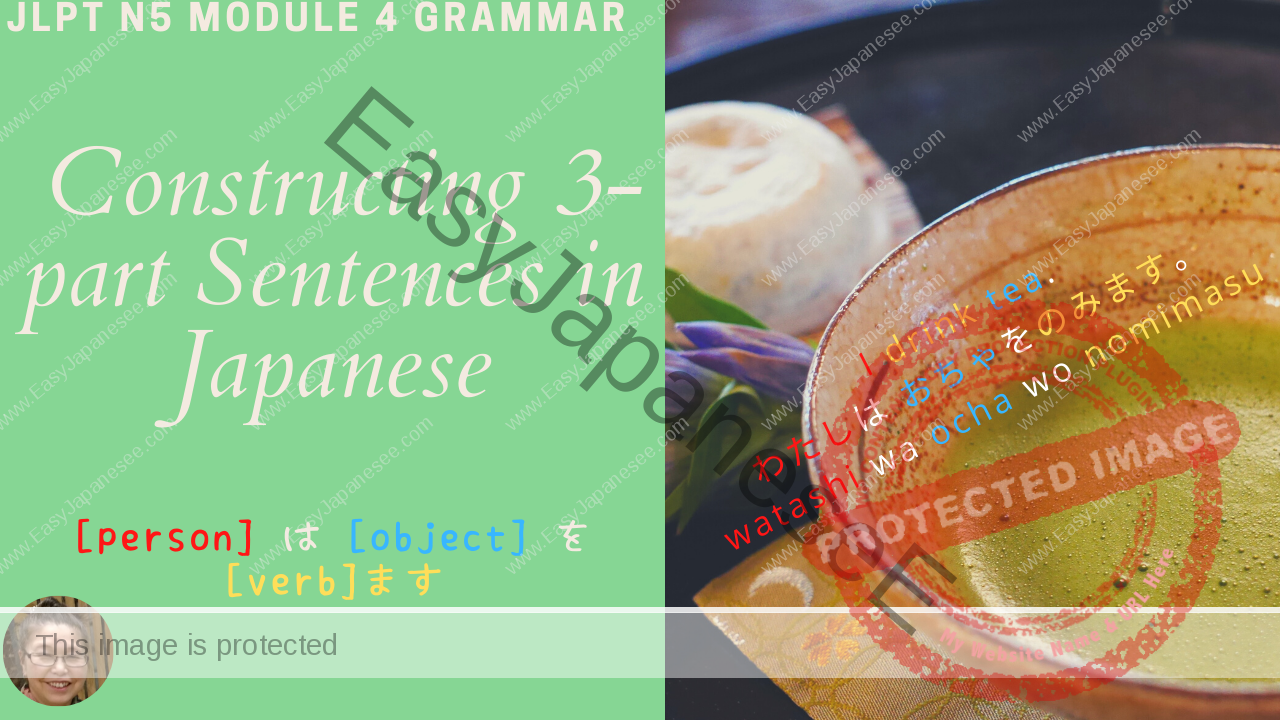
Let’s learn basic verbs and start making simple sentences. Watch this video and the following verbs all can be used…
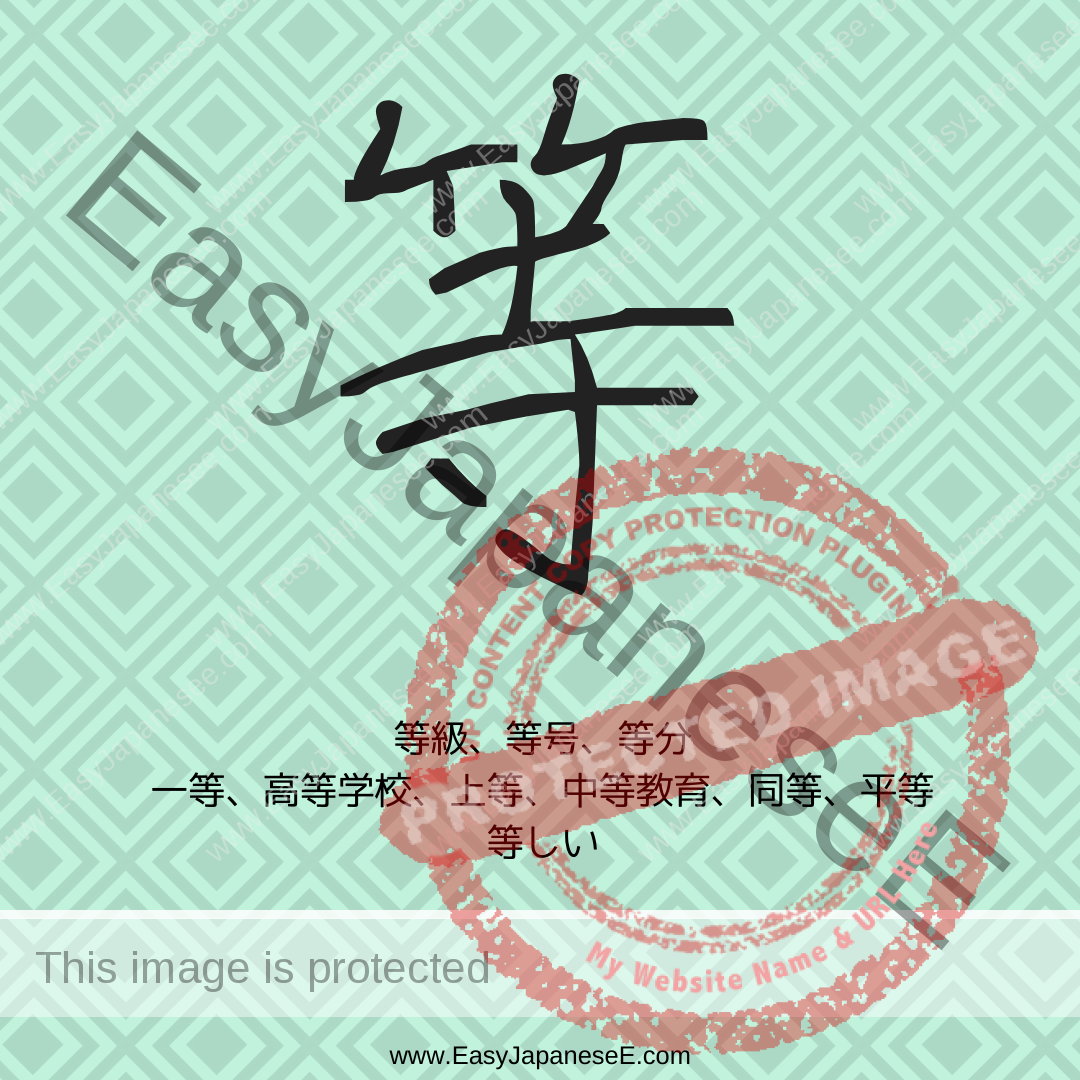
Today’s #kanji is #等 which is made of its semantic element of #たけかんむり(竹)and phonetic element of 寺 although 等 and 寺 don’t share a sound.

[A]は[B]です is one of the most basic sentence, meaning [A]=[B]. This post explains how to use the pattern together with possible words you can use in this pattern
